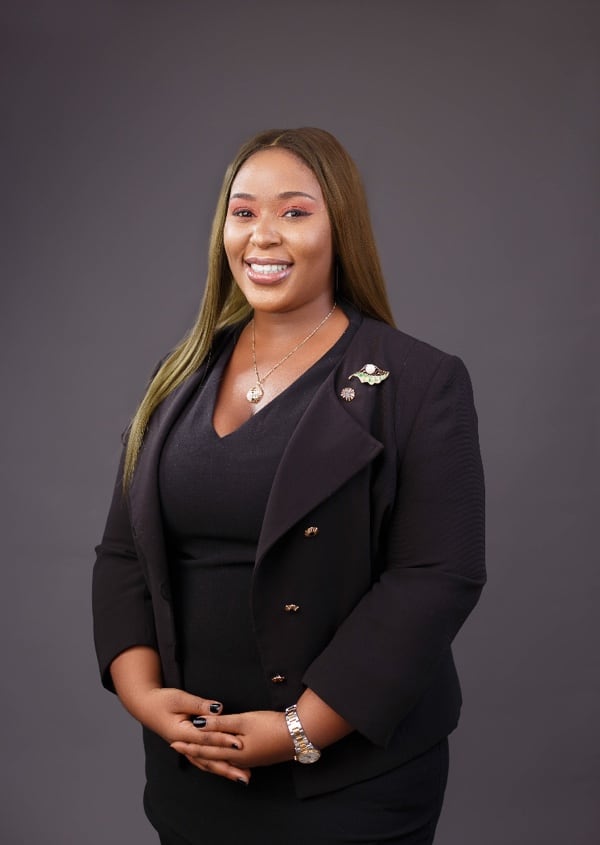Best Practices in Compliance Training

Training and communication are ethics and compliance components that I think about often. I think about what makes training engaging, and how to communicate my training program in a way that is persuasive and can influence behaviour. Subject matter experts agree that training is one of the cornerstones of any ethics and compliance program's objective to promote an ethical culture, communicate leadership's message on the company's commitments to ethical values, laws, standards, policies and procedures, and mitigate risk.
I believe the importance of training in any ethics and compliance program cannot be overstated, chiefly because regulators demand that training and communications form an integral part of any ethics and compliance program. In addition, training creates the added value of keeping ethics and compliance issues top of mind in employees. This is especially true if communication is done well and in an ongoing fashion that reinforces the ethical and compliance messaging a company's governing authority seeks to convey. This will, in turn, mitigate risk and keep the company away from reputational and legal trouble.
Further, because regulators understand that an effective training program is an essential component of any ethics and compliance program, they have laid out guidance in several guidance documents that describe training practices companies can adopt. In my opinion, the France Agence Francaise Anticorruption (Hereafter AFA) guidance document does a wonderful job of outlining practical ethics and compliance training best practices and is rooted in learning theories that, if adopted, can facilitate training effectiveness. I will highlight the training guidance notes from the U.S. Department of Justice and France AFA.
The US DOJ, in evaluating the adequacy and effectiveness of any company's ethics and compliance program, lays out in its Evaluation of Corporate Compliance Programs guidance document various topics prosecutors will consider in deciding the effectiveness of any program. One of them is 'Training and Communication'. The DOJ gives some pointers as to compliance best practices - in stating that 'a hallmark of a well-designed compliance program is appropriately tailored training and communications'.
In assessing a company's compliance program, the DOJ will consider the steps taken by the company to embed its policies and procedures into its operations. In particular, the DOJ will consider the following:
- The frequency of training including certifications for all directors, officers, relevant employees, and where appropriate, agents and business partners.
- Whether the company communicates training in a risk-based approach including the extent to which a company has measured the impact of training on employee behavior or operations.
The DOJ also requires that the company explain its rationale for its choice of form and content of the training program. They also expect to see prior compliance incidents form part of the training program and whether employees are tested on their knowledge.
The AFA's guidance joins others to advocate for a risk-based approach to training programs, in other words, training for those employees with the greatest exposure to ethics and compliance risks. The purpose of this is to promote vigilance, inform high-risk employees of the due diligence obligations required for their role, the behavior to adopt in high-risk scenarios, and to assume ownership of the company's compliance program.
What I find interesting about the AFA's guidance, is that it recommends best practices in compliance and ethics training and is rooted in a potpourri of adult learning theories that include self-directed, experiential and transformational learning.
The AFA advocates training as a tool that can drive compliant behavior, overseen by senior management. It emphasizes the importance of using interactive training techniques rooted in self-directed, experiential, and transformational learning theories in recommending, communication toolkits and customized group meetings where employees are trained using case studies and complex ethics and compliance scenarios that can drive discussions about their experiences, responses, and conclusions. This gives a hands-on approach to training.
However, training appears to be a challenging aspect in ethics and compliance programs. A 2016 survey conducted by Compliance Week and Deloitte found that 41% of compliance professionals find developing a training program that addresses risks a challenging aspect. So, compliance professionals are often concerned with the best way to develop a training program that meets the ethics and compliance objective that will engender participation and ownership, including the extent to which the training program will influence behavior.
To overcome these challenges, I join other commentators in suggesting that compliance professionals can reimagine their training programs using insights developed from adult learning theories. Ethics and compliance professionals can find adopting a hands-on approach to their training programs useful. The goal of any training according to the transformational learning theory is to drive engagement and use complex and disorienting ethics and compliance scenarios to challenge trainee's beliefs, the purpose is to get the trainees to think about how these scenarios could translate into their daily work in hopes to transform their thinking. Perfect for high-risk group training.
Experiential training takes a similar approach and emphasizes reflection, it puts trainees in the driver's seat and asks them to reflect on ethics and compliance scenarios and test their judgment levels. Innovative compliance training methods like e-learning, games, and other interactive formats are perfect tools.
Self-directed training is rooted in providing trainees with toolkits and counseling that helps them make the right decisions. This theory attempts to explain that adults are self-motivated learners. For example, the availability of ethics and compliance toolkits in the form of infographics help employees understand how to deal with customs that approach them for kickbacks at the airport, with guidance documents that explain to your public affairs team how to interact with government officials, etc.
Ultimately, compliance professionals must figure out the best way to make their training programs engaging, applicable, relevant, and engender employee participation and ownership. This should be based on a careful strategy that recognizes the company's risk profile and unique culture, customizes content to employee roles and risk levels, utilizes effective adult learning techniques and fresh content, and strives for continuous improvement. Seeking out industry best practices in all these areas is a great place to get started if you're looking for innovative ways to advance your program.
What is one piece of advice you would give to your younger self?
If I could meet my 20-year-old self, I would tell her to believe in her dreams and goals and to be fearless.
If you had to choose an alternative career, what would you be doing now?
I wish I could be a professional academic, someone that spends her time learning, researching, and getting paid for it.
At the end of your career, if you were to sit and reflect, what one hope do you have?
I hope that I fearlessly pursued my career goals and that I had a positive impact in the lives of those around me (colleagues, mentees, peers) and not just particularly in the ethics and compliance space but generally. I want to be a safe space for others during my career.
